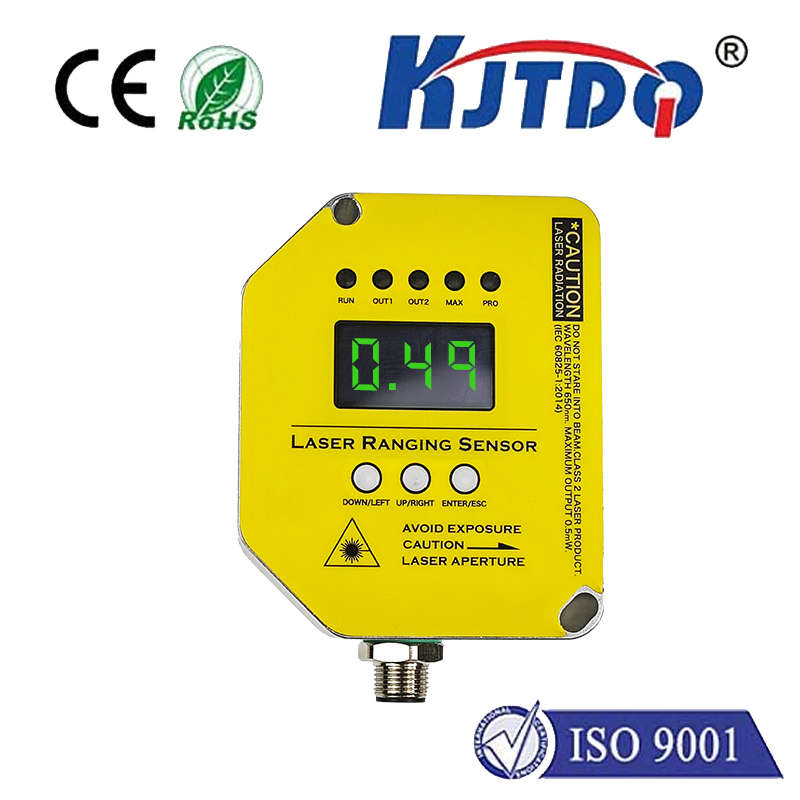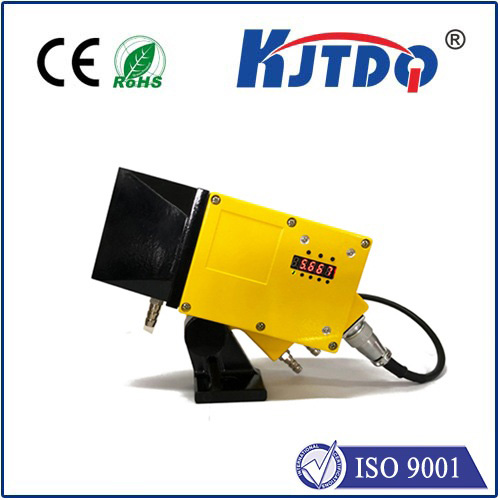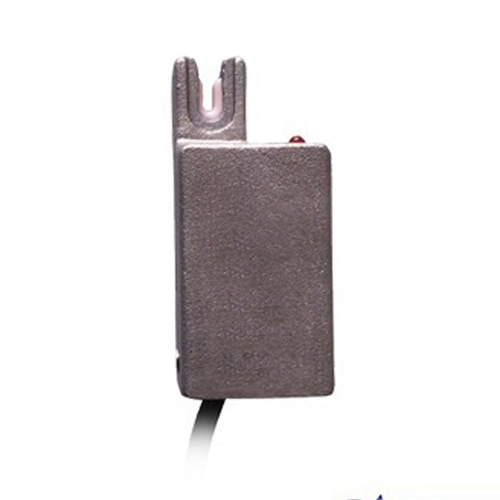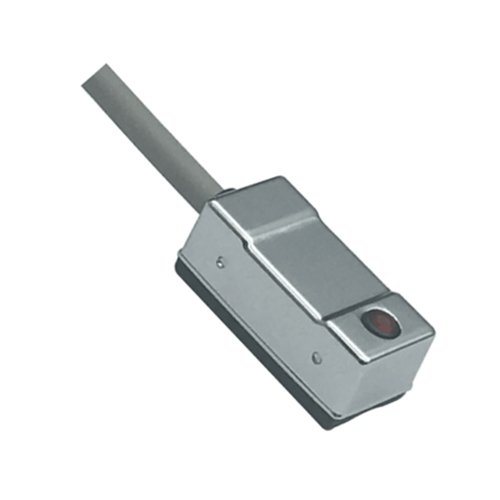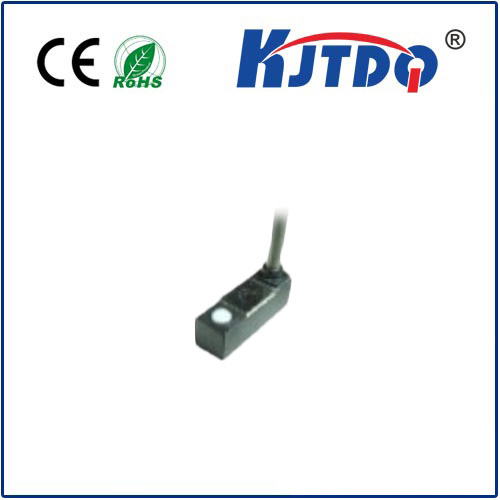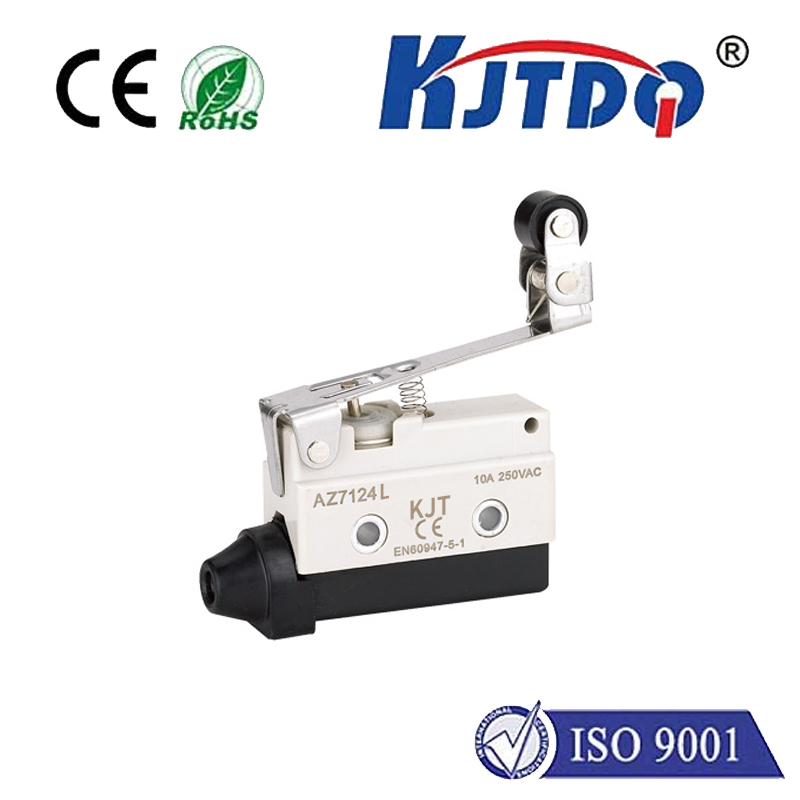micro inductive proximity sensor
- time:2025-09-05 14:21:17
- Click:0
Micro Inductive Proximity Sensors: The Mighty Miniature Detectives of Automation
Imagine needing to know the exact position of a tiny gear inside a medical device, or precisely detecting the presence of a minuscule metal component on a high-speed assembly line. Conventional sensors are simply too bulky. This is where the remarkable micro inductive proximity sensor steps onto the stage. These incredibly compact workhorses represent a triumph of miniaturization, bringing the reliable, non-contact sensing principle of inductive technology into spaces once considered impossible. They are the silent guardians and precision informants enabling the next wave of innovation in automation, robotics, and beyond.
At its heart, an inductive proximity sensor operates on the principle of electromagnetic induction. The sensor contains a coil wound around a ferrite core, forming an oscillator circuit. When an electrical current passes through this coil, it generates a high-frequency oscillating electromagnetic field radiating from the sensor’s face. When a conductive metal target (like steel, aluminum, copper, brass, etc.) enters this field, eddy currents are induced on the surface of the target. These eddy currents draw energy from the sensor’s oscillating field, causing a measurable decrease in the oscillation amplitude. The sensor’s built-in electronics detect this change in amplitude or frequency and trigger a solid-state output switch (like an NPN or PNP transistor), signaling the presence of the target – all without any physical contact.
The defining characteristic of the micro inductive proximity sensor is, unsurprisingly, its miniature size. Standard inductive sensors might have housings measuring 12mm, 18mm, or 30mm in diameter. Micro sensors push these boundaries dramatically, featuring cylindrical housings as small as M3 (3mm diameter), M4, M5, or M6, and incredibly slim rectangular formats. This radical downsizing is achieved through sophisticated electronic design and component integration. Despite their diminutive stature, they retain the core inductive sensing functionality, making them indispensable where space is at an absolute premium.

Why Choose Micro Inductive Proximity Sensors? The Advantages Shine Bright:
- Ultra-Compact Size: This is their raison d’être. They fit into cramped machinery, intricate robotic grippers, miniature mechanisms within consumer electronics, medical instruments, and tight spaces on high-density PCBs where larger sensors would be impossible.
- Non-Contact Operation: Like their larger counterparts, micro sensors detect targets without physical touch. This eliminates wear and tear on both the sensor and the target, ensuring exceptional long-term reliability and reducing maintenance costs. No moving parts translates to inherent durability.
- High Reliability & Long Service Life: The solid-state nature of their switching mechanism and the lack of physical contact contribute significantly to their robustness and longevity, even in demanding industrial environments (within their specified ratings).
- High-Speed Response: Micro inductive sensors can react incredibly quickly to the presence or absence of a target. They typically offer switching frequencies measured in hundreds of Hertz or even kilohertz (kHz), making them perfect for high-speed counting and positioning tasks on automated lines.
- Insensitive to Environmental Factors: They are generally unaffected by ambient light, dust (unless metallic and conductive), oil, water (with appropriate IP rating - common variants offer IP67/IP68), and non-metallic contaminants, making them suitable for challenging factory floor conditions.
- Robustness: Despite their size, quality micro sensors are designed to withstand industrial rigors, including vibration and mechanical shock (within specified limits).
Where Do These Miniature Marvels Make a Big Impact? Applications Abound:
The unique capability of micro inductive proximity sensors to provide reliable detection in confined spaces opens doors across numerous sectors:
- Miniature Robotics & Cobots: Integration into compact robot joints, gripper fingers for precise part presence detection, and internal position feedback mechanisms.
- Precision Machinery & Tooling: Monitoring miniature tool positions, confirming clamp closure in small fixtures, detecting end-of-stroke on micro-cylinders.
- Semiconductor Manufacturing: Delicate part positioning within wafer handling equipment and intricate assembly processes.
- Medical & Laboratory Equipment: Ensuring precise component positioning in diagnostic devices, drug delivery systems, and surgical robots where sterility and miniaturization are paramount.
- Consumer Electronics Assembly: Detecting tiny metal components, verifying connector insertion, and monitoring micro-actuators on high-speed SMT lines and assembly robots.
- Textile Machinery: Thread break detection, small shuttle positioning, and monitoring intricate mechanisms.
- Packaging Machinery: Confirming the presence of small metallic caps, seals, or components within compact filling and capping stations.
- High-Density Control Panels: Space-saving sensing within control cabinets for door position monitoring or equipment status.
Choosing the Right Micro Inductive Sensor: Key Considerations
Selecting the optimal micro inductive proximity sensor requires careful attention to several factors beyond just size:
- Size (Housing): M3, M4, M5, M6 cylindrical, or thin rectangular formats? Precisely measure the available space.
- Sensing Range (Sn): Micro sensors inherently have shorter ranges than larger ones (e.g., 0.5mm, 1mm, 2mm). Ensure the specified nominal sensing range meets the application’s gap requirement. Always account for the reduction factor for non-ferrous metals like aluminum or copper (typically 30-60% of the rated Sn for steel).
- Target Material: Confirm the sensor is suitable for the metal you need to detect (steel, stainless steel, aluminum, brass, etc.). Remember the reduction factor for non-ferrous targets.
- Operating Voltage & Output Type: Match the sensor’s voltage requirements (e.g., 10-30V DC) and output configuration (typically NPN Normally Open/Closed or PNP Normally Open/Closed) to your control system.
- Environmental Protection (IP Rating): For washdown, dusty, or humid environments, ensure the sensor has an appropriate IP rating (e.g., IP67, IP68).
- Switching Frequency: For very high-speed applications, verify the sensor’s max. switching frequency meets or exceeds the required cycle time.
- Temperature Rating: Ensure the sensor operates reliably within the ambient temperature range of the application.
- Shielding (Flush Mountable) or Unshielded: Flush mountable sensors can be installed embedded in metal without affecting performance. Unshielded sensors offer slightly longer ranges but require non-metallic surroundings.
Miniaturization Without Compromise
The development of the micro inductive proximity sensor demonstrates how core sensing technology can be ingeniously adapted to meet the evolving demands of modern automation and miniaturization. Their ability to deliver robust, non-contact, high-speed metal detection in spaces previously inaccessible makes them not just a convenience, but often a critical enabler for innovation. Whether nestled inside a surgical robot arm, monitoring a microscopic gear train, or ensuring flawless assembly on a high-speed micro-electronics line, these mighty miniature detectives reliably perform a vital function, proving that truly groundbreaking performance can indeed come in the smallest of packages. Selecting the right micro inductive sensor requires understanding your specific constraints and requirements, but the payoff in enabling complex, compact designs is immense.






